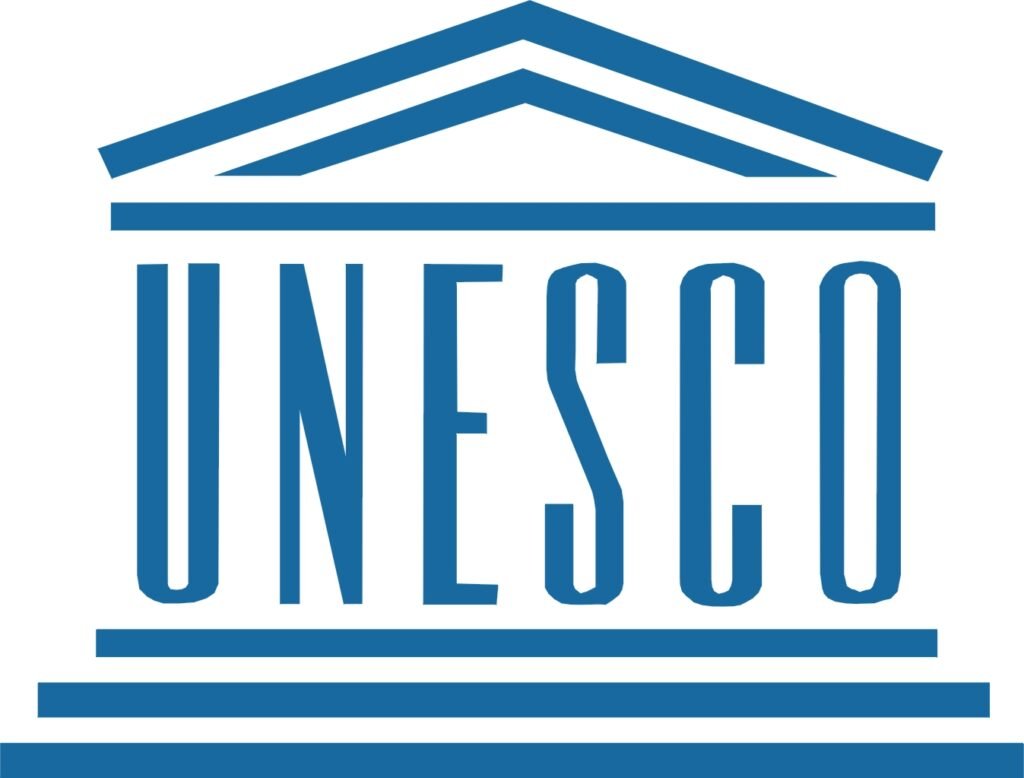UNESCO continues to shape global cultural and educational landscapes in 2025, with significant developments ranging from new World Heritage Site designations to major political shifts affecting the organization’s future.
26 New World Heritage Sites Added to Global List
The UNESCO World Heritage Committee met in Paris this month to add 26 new sites to its list of cultural sites around the world deemed to be of “outstanding value to humanity.” UNESCO’s World Heritage Committee held its 47th session from 6 to 16 July 2025 in UNESCO Headquarters (Paris, France), marking one of the most productive sessions in recent years.
The 2025 additions showcase remarkable diversity across cultures and continents. This year’s additions include 24 cultural, four natural, and two mixed sites, representing everything from ancient petroglyphs to fairy tale castles. Nearly a third of the sites inscribed in 2025 are linked to prehistory, including the Peruaçu River Canyon (Brazil), the Megaliths of Carnac and of the shores of the Morbihan (France) and the Petroglyphs along the Bangucheon Stream (Republic of Korea).
These prehistoric sites highlight UNESCO’s commitment to preserving humanity’s earliest cultural expressions. The organization emphasizes that these ancient locations, though often fragile, play a crucial role in understanding human development and cultural evolution.
Statement by the Director-General of @UNESCO, @AAzoulay, following the decision of the United States to withdraw from the Organization.
— UNESCO 🏛️ #Education #Sciences #Culture 🇺🇳 (@UNESCO) July 22, 2025
Read more: https://t.co/yBRPkgmp3O pic.twitter.com/hqp0bqKqJy
US Departure Creates Political Tension
In a significant political development, The United States on Tuesday announced it has left UNESCO, saying the UN cultural and education agency, best known for establishing world heritage sites, is biased against Israel. This withdrawal represents a major shift in international cultural cooperation and could impact funding and global heritage conservation efforts.
The US departure from UNESCO marks the second time in recent decades that America has withdrawn from the organization, highlighting ongoing tensions between international cultural preservation efforts and national political interests.
However regrettable, the announcement of the United States to withdraw from the Organization was anticipated, and @UNESCO has prepared for it.
— UNESCO 🏛️ #Education #Sciences #Culture 🇺🇳 (@UNESCO) July 22, 2025
Read the full statement by the Director-General, @AAzoulay, to learn more: https://t.co/yBRPkglReg pic.twitter.com/RTJd6ojTFf
Educational Data and Digital Innovation Focus
Beyond heritage sites, UNESCO continues advancing its educational mission. The February 2025 UIS Data Refresh is accessible through multiple platforms, including the UIS Data Browser (databrowser.uis.unesco.org), the SDG 4 Scorecard Dashboard, and the UIS Data API & Bulk Data Download Service. This expanded data coverage supports global education monitoring and sustainable development goals.
The organization also emphasizes digital innovation in heritage preservation. UNESCO Headquarters hosted the World Heritage Young Professionals Forum 2025 with the theme “World Heritage in an interconnected world: Leveraging digital technologies and innovative approaches”, demonstrating commitment to modernizing heritage conservation methods.

Global Impact and Future Outlook
UNESCO’s latest initiatives reflect its evolving role in addressing 21st-century challenges. The organization balances traditional cultural preservation with modern technological approaches, ensuring heritage sites remain relevant and accessible to future generations.
The recent World Heritage Site additions strengthen UNESCO’s global network, now encompassing over 1,100 locations worldwide. These designations not only preserve cultural and natural treasures but also boost local economies through responsible tourism and international recognition.
Despite political challenges, UNESCO continues its fundamental mission of promoting education, science, culture, and communication worldwide. The organization’s resilience in face of member state departures demonstrates its enduring importance in global cooperation and cultural preservation efforts.
